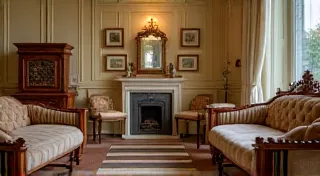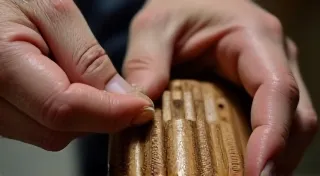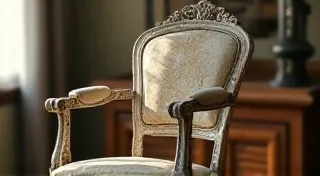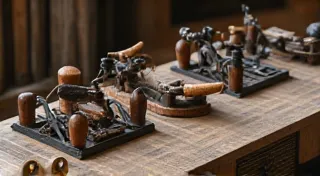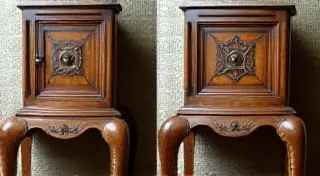Identifying Period Styles in Antique Furniture: A Visual Guide
Understanding the period of a piece of antique furniture is crucial for accurate restoration. Knowing whether you’re dealing with a Victorian, Edwardian, Georgian, or other style dictates the appropriate techniques, materials, and finishes to use. This guide offers a visual overview of common furniture periods, highlighting key design characteristics to aid in identification. While some pieces can blend styles or be difficult to categorize, these guidelines provide a solid foundation.
Early Furniture Styles: 17th & 18th Centuries
Early furniture often reflects a heavier, more functional design. Carvings, though present, are typically less elaborate than later periods. The lifespan and aesthetic appeal of antique furniture are directly tied to how meticulously they are cared for. Sometimes, this requires more than simple cleaning; it demands a deep understanding of the original construction and finishes—a realm where antique furniture conservation vs. restoration becomes a critical distinction.
Jacobean (1603-1688)
Characterized by sturdy oak construction, turned legs, and often featuring barley twist columns or balusters. Decoration is often restrained, with simple geometric patterns. Chests of drawers, tables, and chairs are common forms.
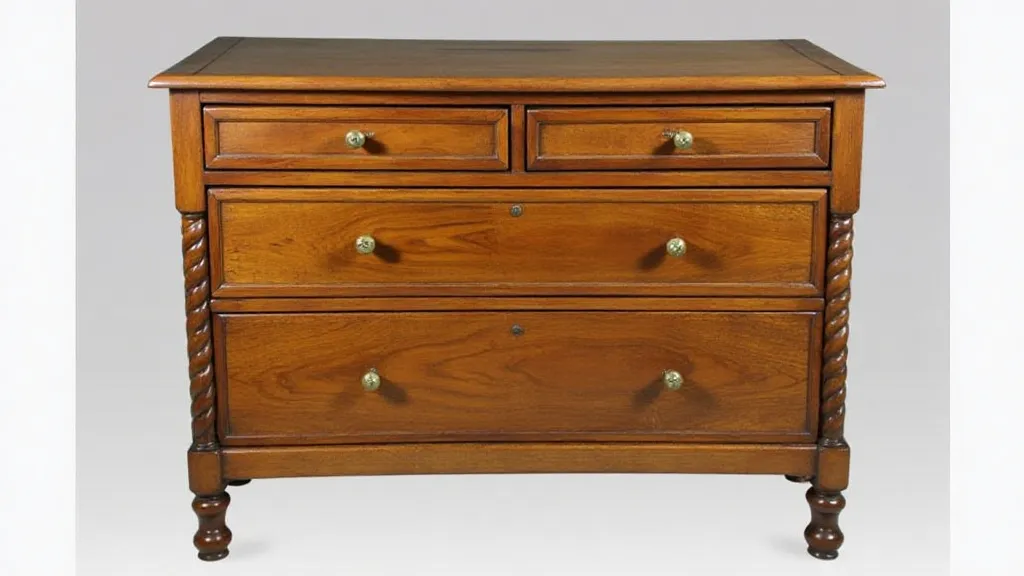
Queen Anne (1702-1714)
A shift towards more graceful lines and cabriole legs (a curving, knee-like shape). Walnut was commonly used. Features include a slightly shorter appearance than previous styles, with a more rounded feel.
Georgian (1714-1830)
The Georgian era encompasses several sub-styles, but generally features symmetry, proportion, and refined craftsmanship. Walnut, mahogany, and cherry wood are common. The intricate details and craftsmanship of Georgian pieces often necessitate specialized restoration techniques, especially when dealing with inlaid elements. For those facing such a challenge, understanding restoring marquetry on antique furniture provides invaluable insights into preserving these exquisite details.
- Early Georgian (1714-1760): Similar to Queen Anne, but with more focus on symmetry.
- Mid-Georgian (1760-1780): Marked by a move towards more classical influences. Legs often become straighter and more tapered.
- Late Georgian (1780-1830): A lighter, more delicate style, with emphasis on graceful curves and often incorporating neoclassical motifs.
The 19th Century: Victorian & Edwardian Eras
The 19th century saw a flurry of furniture styles, often drawing inspiration from historical periods. Mass production began to influence design and construction. Color inconsistencies and fading are common issues encountered during the restoration of antique pieces. Knowing how to address these variations is key to maintaining the integrity of the original finish. Understanding and correcting color variations in antique finishes is a crucial skill for any serious restorer.
Victorian (1837-1901)
This is a broad category. Victorian furniture showcases a range of styles including Gothic Revival, Rococo Revival, and Eastlake. Features often include elaborate carvings, dark finishes, and mass-produced elements.
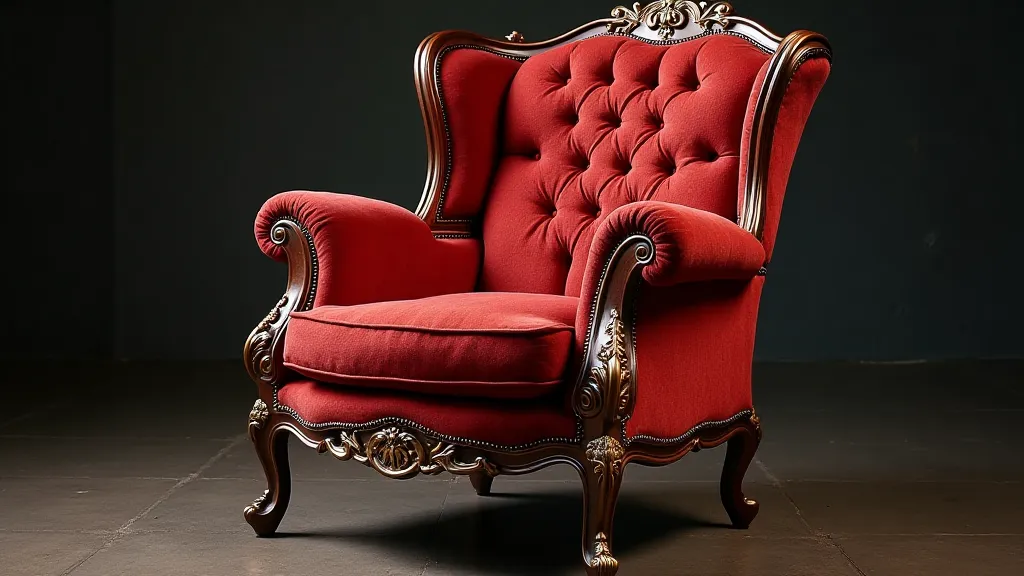
Victorian furniture often incorporates leather elements, which over time can become brittle or damaged. Proper cleaning and repair are essential for preserving the beauty and longevity of these pieces. Consider exploring the specialized techniques outlined in working with antique leather on furniture: cleaning and repair for handling delicate leather components.
Edwardian (1901-1910)
Edwardian furniture represents a reaction against the heaviness of the Victorian era. Characterized by lighter, more delicate lines, often with a focus on natural materials like rattan and birch. Decoration is often floral and incorporates inlaid details. The overall feel is one of optimism and elegance.
Key Differences at a Glance
Here's a simplified comparison to help you differentiate between periods:
- Jacobean: Heavy, oak, functional, barley twist.
- Queen Anne: Cabriole legs, walnut, more graceful.
- Georgian: Symmetry, proportion, mahogany, cherry.
- Victorian: Elaborate, dark finishes, mass production.
- Edwardian: Light, delicate, floral motifs, rattan/birch.
Restoration Considerations
Knowing the period of a piece informs your restoration approach. Using historically appropriate techniques and materials ensures the piece remains authentic and retains its value. For example, a Georgian piece would benefit from a shellac or wax finish, whereas a Victorian piece might require a different approach. The type of finish significantly impacts the piece’s appearance, longevity, and overall value. Choosing the right materials and techniques is paramount to a successful restoration. Understanding the nuances between conservation and restoration is also essential for preserving the piece's historical integrity.
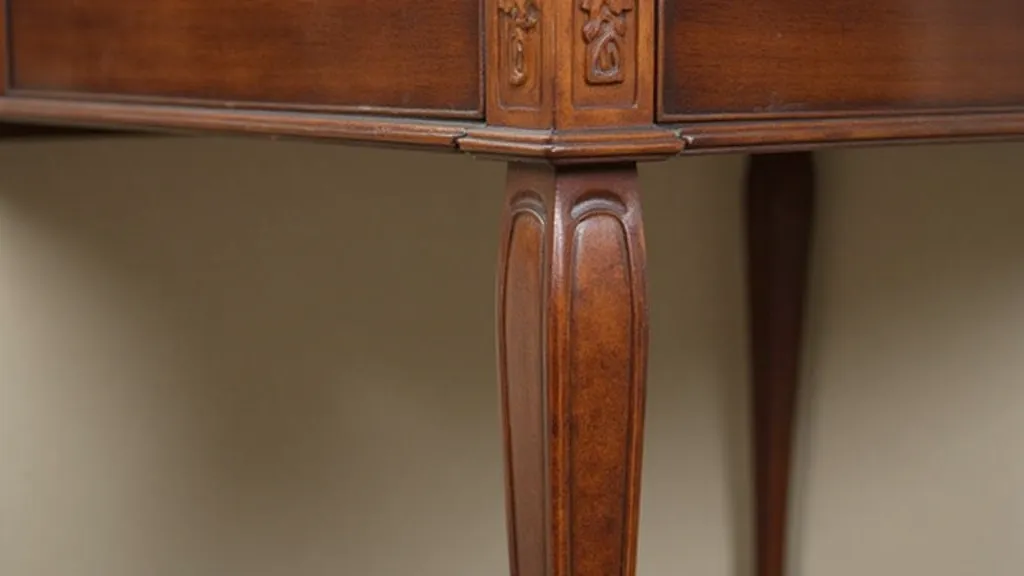
Beyond choosing the correct finish, the condition of the wood itself can dictate the restoration strategy. Wood can suffer from insect damage, dryness, or structural weaknesses, all of which need to be addressed before any cosmetic work can begin. A thorough assessment of the wood’s condition, alongside an understanding of its historical treatment, is a crucial first step.
Further Research
This guide provides a basic overview. Deeper understanding requires careful observation, research, and consultation with experts. Examining construction techniques, hardware, and wood types can reveal valuable clues to a piece's origin and period. Antique furniture restoration is a complex craft, requiring a blend of artistry, historical knowledge, and technical skill. Continued learning and a commitment to preserving these valuable pieces are essential for any serious enthusiast or professional.
To deepen your appreciation for antique furniture, consider exploring specialized resources on furniture design history, woodworking techniques, and the evolution of finishing methods. Numerous museums, libraries, and online archives offer valuable information and inspiration. Remember that each piece of antique furniture has a story to tell, and by understanding its origins and history, you can help preserve its legacy for generations to come.
